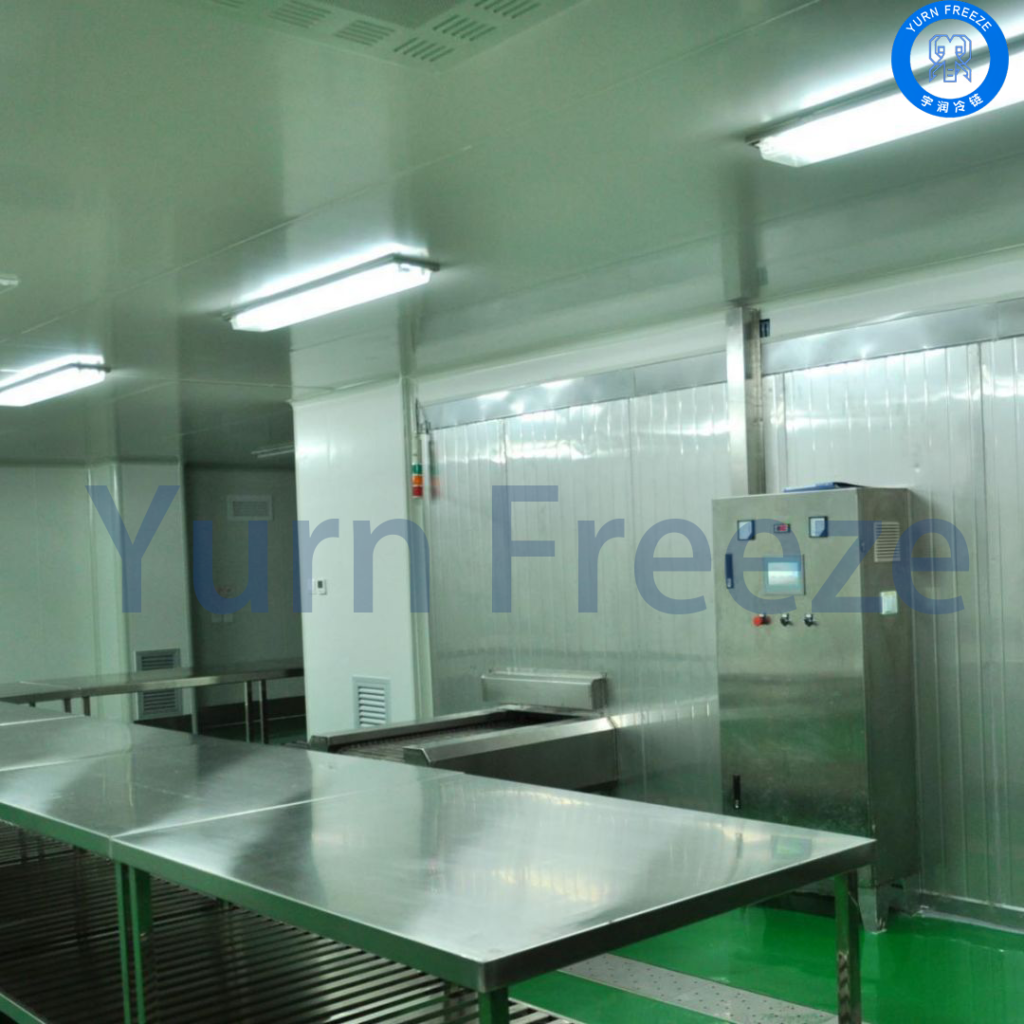Have you ever wondered why frozen foods can taste so fresh? The secret lies in the freezing process. There are two primary methods of freezing: rapid freezing and slow freezing. Each method has a significant impact on the quality of the frozen product. In this blog post, we’ll delve into the differences between rapid and slow freezing, explore the benefits of rapid freezing, and highlight the role of spiral freezers in the IQF (Individual Quick Freezing) process.
Rapid Freezing VS Slow Freezing
Slow Freezing: When food is frozen slowly, large ice crystals form within the cells. These crystals can damage cell walls, leading to a loss of texture, flavor, and nutrients upon thawing.
Rapid Freezing: In contrast, rapid freezing creates small, uniform ice crystals. These smaller crystals cause minimal damage to the cells, helping to preserve the food’s original quality.
Benefits of Rapid Freezing
Preservation of Quality: Rapid freezing helps to maintain the food’s original flavor, texture, color, and nutritional value.
Longer Shelf Life: Products frozen rapidly can be stored for extended periods without significant deterioration.
Reduced Microbial Growth: The rapid temperature drop inhibits the growth of bacteria and other microorganisms.
Improved Rehydration: Foods frozen rapidly rehydrate more evenly and completely, producing a better product.
Spiral Freezers and IQF
Spiral freezers are industrial machines designed to freeze food products rapidly. They work by continuously moving food through a refrigerated spiral tunnel. The combination of cold air and continuous motion ensures the food is frozen quickly and evenly.
IQF: Individual Quick Freezing is a process where individual pieces of food are frozen separately, preventing them from sticking together. Spiral freezers are ideal for IQF applications because they can handle various products, from fruits and vegetables to meats and seafood.
Applications of Spiral Freezers
Spiral freezers are used in a wide range of industries, including:
Food Processing: Freezing fruits, vegetables, meats, seafood, and prepared foods.
Pharmaceutical: Freezing biological samples and pharmaceutical products.
Agriculture: Freezing seeds and other agricultural products.
Rapid freezing, especially when achieved using spiral freezers and IQF techniques, is a crucial step in preserving food quality and safety. By understanding the benefits of rapid freezing, we can appreciate the role that technology plays in providing us with fresh and nutritious frozen foods.
Related articles:


